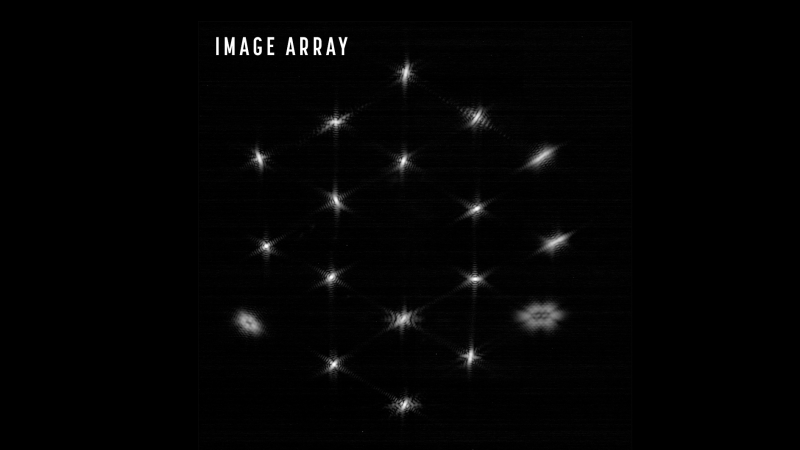James Webb Space Telescope instrument checkouts on track amid mirror alignment
The mirrors and instruments working together will enable the huge observatory's science observations.

Several instruments are preparing to help the James Webb Space Telescope with its mirror alignment and future observations, with several key steps achieved in recent days, according to NASA.
The filter wheel for the Near Infrared Imager and Slitless Spectrograph (NIRISS) has been successfully calibrated, allowing this key part of the Fine Guidance System (FGS) to assist with alignment activities, agency officials wrote in a statement posted Thursday (Feb. 24).
Wheel tuning also took place for the Near Infrared Camera or NIRCam, which is best known in the mission so far for taking a stunning selfie of the 18 individual mirror segments at work earlier this month. The selfie helped engineers see how the mirrors are working as they slowly move to create a single image from all the segments.
"There are hundreds of activities like these planned during the commissioning process, and each is as important as the next to ensure that Webb can achieve its ambitious science goals," NASA officials wrote in the update.
Live updates: NASA's James Webb Space Telescope mission
Related: How the James Webb Space Telescope works in pictures
Webb will be completing its commissioning process and starting a series of early science investigations around June, NASA has said.
That science includes projects like following up on interesting galaxies identified by its predecessor, the Hubble Space Telescope. Webb will also be tasked to do a set of rapid science investigations as events arise, potentially including the arrival of the next interstellar object within our solar system.
Get the Space.com Newsletter
Breaking space news, the latest updates on rocket launches, skywatching events and more!
Alignment is still ongoing and last week, Webb officials released an image of a single star rendered 18 times in the segments of the telescope's primary mirror. Over time, the instruments and mirror segments will work together to align the 18 portions into a single lens, making the same star only appear once.
The $10 billion telescope launched Dec. 25 and is expected to last for many years in deep space, given that its fuel usage alone gives Webb at least 20 years of lead time to perform observations.
Follow Elizabeth Howell on Twitter @howellspace. Follow us on Twitter @Spacedotcom and on Facebook.
Join our Space Forums to keep talking space on the latest missions, night sky and more! And if you have a news tip, correction or comment, let us know at: community@space.com.

Elizabeth Howell (she/her), Ph.D., was a staff writer in the spaceflight channel between 2022 and 2024 specializing in Canadian space news. She was contributing writer for Space.com for 10 years from 2012 to 2024. Elizabeth's reporting includes multiple exclusives with the White House, leading world coverage about a lost-and-found space tomato on the International Space Station, witnessing five human spaceflight launches on two continents, flying parabolic, working inside a spacesuit, and participating in a simulated Mars mission. Her latest book, "Why Am I Taller?" (ECW Press, 2022) is co-written with astronaut Dave Williams.









